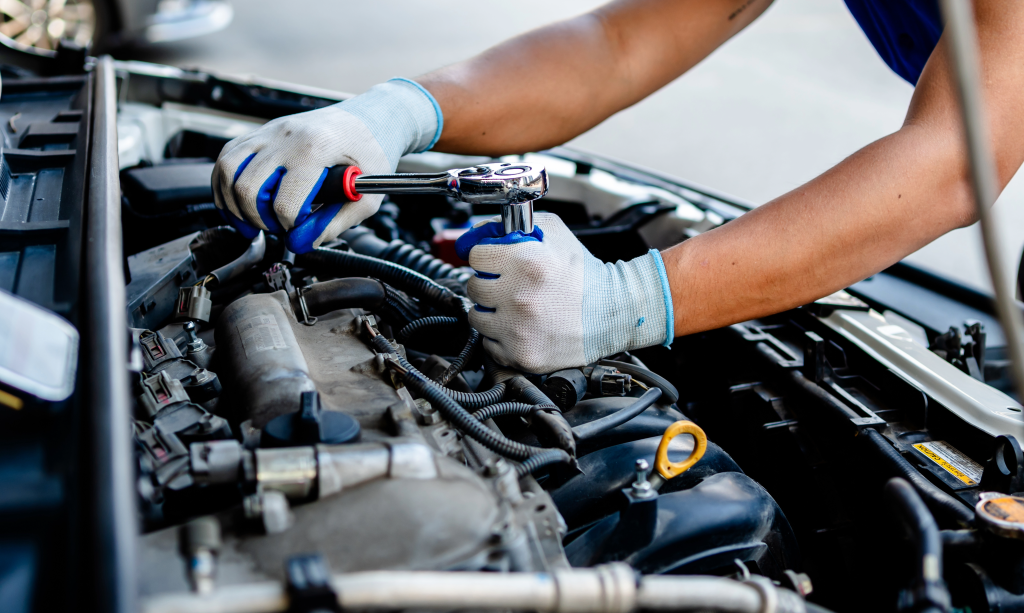Most cars are depreciating assets that lose value the moment you drive them off the lot. Time, mileage, and wear take their toll on every vehicle. But depreciation isn’t entirely out of your hands.
It’s one of the first hard lessons in personal finance: most cars are depreciating assets. From the moment you drive it off the lot, its value begins to decline. This is a simple reality of ownership, as time, mileage, and general wear and tear take their toll.

However, that depreciation isn’t entirely out of your hands. While you can’t control market conditions or overall demand, you can absolutely manage the factors within your control during your ownership journey.
Based on insights from vehicle finance leader WesBank, this guide will help you understand what truly affects your car’s resale value, ensuring you get the best possible price when it’s time to sell or trade it in.
1. The Smart Money: Thinking About Resale Before You Buy
The single best time to protect your car’s future value is before you’ve even signed the papers. Doing your homework now can pay massive dividends later.
Research Demand
Look at the historic market demand for the model you’re considering. Used car websites are an excellent tool for this. Ask critical questions: Is the four-door model more popular than the two-door? Is an automatic transmission preferred over a manual, or diesel over petrol? Choosing the more popular configuration from the start gives you a larger pool of future buyers.
Choose Your Colours Wisely
That luminous orange or acid green might look fantastic on a supercar, but it could be a major liability on a budget hatchback. Generally, neutral colours sell better and faster. The same logic applies to the interior. Beige cloth seats might show stains easily, whereas black leather could be far more appealing to the next owner.
2. Master The Twin Pillars: Mileage and Maintenance
During your ownership, two factors will have an outsized impact on your car’s value: the odometer reading and the service book.

Keep Mileage Reasonable
When a dealer assesses a vehicle for a trade-in, the odometer reading is one of the first things they look at. If the mileage is very high for its age, you can expect to receive relatively low offers. It’s tempting to buy a high mileage “bargain,” but this can be a costly error. That vehicle will likely require more ongoing maintenance and will be worth far less when it’s your turn to sell.
Maintain a Complete Service History
A dealer will always check if the vehicle has a history of regular maintenance. Following the manufacturer’s stipulated service intervals is critical. Sticking with a franchised dealer ensures the technicians have the necessary training to keep the car in its best possible running order. A complete and consistent service history reassures the next buyer that the car has been well cared for, reducing their perceived risk of hidden mechanical problems.
3. Approach Modifications with Caution
Aftermarket modifications can be a double-edged sword when it comes to resale value.
Keep it Clean
The simplest way to retain value is to keep your car in tip-top shape. That small shopping trolley scratch might not bother you now, but an accumulation of small scratches and dings will absolutely detract from the car’s appeal. Do your best to maintain both the appearance and the mechanical condition of your car throughout your ownership.

Resist “Improvements”
Part of the joy of ownership is making a car your own. However, overdoing it with aftermarket accessories can have an extremely negative impact on its resale value, especially if the add-ons are permanent. You may see your oversized rims, loud body kit, and powerful stereo system as upgrades, but it’s almost guaranteed that a dealer or the next owner will not.
Keep Modifications Reversable
Be aware that adding certain after-market extras can potentially void your vehicle’s warranty. To avoid this, it is always advisable to purchase and fit additional accessories directly from a dealer.
4. Know the Lingo: Understanding the Price
Finally, it’s important to understand the terms the industry uses. This helps set realistic expectations.
Retail Price:
This is the price you can expect to pay when buying a vehicle from a dealership. It’s the higher price because the dealer has costs to cover, such as marketing, insurance, reconditioning, staff salaries, and facility overheads, plus a profit margin.
Trade/Market Price
This is the price you should expect to receive when trading in or selling your vehicle. It is always lower than the retail value and is based on the vehicle being in good condition and subject to market demands
Driving a car should be a fun and rewarding experience. By being aware of these factors and actively maintaining your vehicle’s condition, you can ensure that rewarding experience lasts right up to the day you sell it.
You might also like
More from Cars
2025 Renault Duster 1.2T 6MT 4WD MHEV Review
The Renault Duster has been a South African success story for over a decade, winning hearts with its no-frills approach …
Mazda CX-30 Gets Touchscreen Display and Interior Updates for 2025
Mazda Southern Africa has announced product enhancements to the CX-30 crossover range, introducing touchscreen functionality and refined interior styling. The …
BMW X3 20 Pure Design Launches in South Africa as New Entry-Level Petrol Option
BMW South Africa has introduced the BMW X3 20 Pure Design, a new entry-level petrol variant that expands the locally-built …








